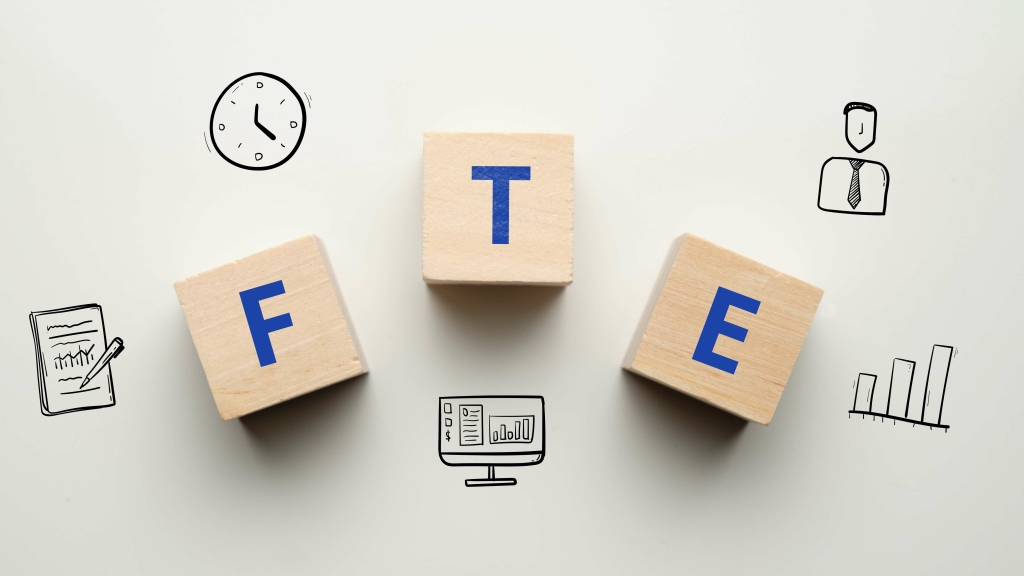
It’s especially valuable in industries with high invoice volumes and frequent discrepancies. Notes payable play a significant role in a company’s financial health and long-term strategy. Since they usually involve large sums and interest payments, managing them effectively is essential for securing future growth opportunities. A clear grasp of notes payable meaning is important when evaluating a company’s debt structure and overall financial strategy. Notes payable (NP) refers to a formal, written promise by a business to repay a specific amount of money by a set date, often with interest.
- Short- term liabilities are those due within 12 months and long- term are due in more than 12 months.
- Parent companies, individual owners or others could make a loan to a company that would result in a note payable.
- The company will record this loan in its general ledger account, Notes Payable.
- These notes are typically issued when obtaining a loan from a bank, purchasing a company vehicle, or acquiring a building for the business.
- In this case, the restaurant would record this transaction as notes payable, as it involves a written agreement detailing the payment terms and interest charges.
- In contrast, the latter is the written promise to give a specific sum of money at a specified future date or per the demand of the holder who received the note.
Sales Order vs. Purchase Order: A Beginner’s Guide
- Short-term liabilities are every business’ financial obligations to maintain proper and sustainable working capital management.
- When comparing accounts payable vs. notes payable, a key difference is that accounts payable don’t include interest unless payments are overdue.
- Being liabilities, they are recorded on the balance sheet, thus affecting the financial health and solvency of a company.
- These articles and related content is not a substitute for the guidance of a lawyer (and especially for questions related to GDPR), tax, or compliance professional.
- Turning the receivables into securitized assets can lower your interest rates, as lenders will have a more secure way to recoup their investment in the event of a default.
- Here we provide you with the top 7 differences between Accounts Payable vs. Notes Payable.
Both require your team to follow timely payments, though notes payable have structured interest-bearing schedules, while accounts payable involves short-term trade credits. This guide bookkeeping explains the meaning, key differences, and examples of notes payable vs accounts payable to help your accounting team manage them effectively. Quickly resolving disputes helps companies avoid costly payment delays, keep supplier relationships strong, and lighten the admin load.

What Are Accounts Payable Vs Notes Payable?
Understanding the difference between accounts payable and notes payable is essential for keeping your business finances in check. The primary difference between Accounts Car Dealership Accounting Payable vs. Notes Payable is that the former is the amount owed by the company to its supplier when any goods are purchased, or services are availed. In contrast, the latter is the written promise to give a specific sum of money at a specified future date or per the demand of the holder who received the note. When the company borrows money (through notes payable), it increases its liabilities, which are recorded as a credit.

Understanding Notes Payable
Proper management of notes payable vs. accounts payable can strengthen financial health and prevent unnecessary risks. When comparing notes payable vs. accounts payable, it’s important to recognize their different roles in financial management. Accounts payable management involves supplier onboarding, invoice verification, and three-way matching (comparing purchase orders, goods receipts, and invoices). It is closely tied to a company’s procurement function and operational efficiency. However, failing to pay suppliers on time can strain relationships and impact a company’s creditworthiness.

For accounts payable, a company receives goods or services and owes money to suppliers for them, usually based on the invoice notes payable vs accounts payable terms. Impact on Financial StatementsInterest costs on notes payable can cut into profitability, especially if debt levels climb too high. Since lenders and investors closely watch financial ratios like debt-to-equity, a heavy debt load can make it harder to secure future financing.
When cash reserves allow it, companies should aim to capture these discounts to improve profitability and cash flow management. Notes payable transactions involve structured lending agreements with defined payment terms and amortization schedules. Businesses must ensure timely repayments to avoid penalties or damage to their credit standing. Notes payable can be classified as short-term (due within 12 months) or long-term liabilities on the balance sheet. Since they often involve large sums, they affect a company’s debt ratios and ability to secure future financing.
Understanding Accounts Payable
Ensure notes payable are paid on time, or seek refinancing options if necessary to avoid defaults or unfavorable terms. According to a QuickBooks survey, 72% of mid-sized suppliers said late invoice payments hindered their growth. Additionally, 65% of businesses reported spending nearly 14 hours chasing late payments. On the other hand, notes payable always include interest payments, which are recorded as interest expense on the income statement. Repayment follows a structured schedule, often with monthly or quarterly installments.
Accounts payable vs notes payable: A side-by-side comparison
Here are some practical examples to illustrate the differences between the two. Notes payable is essential for business financing, providing access to the funds needed for growth, expansion, and major purchases. Centralize Supplier Data for Better NegotiationsThe better the data you have, the better your negotiation power.